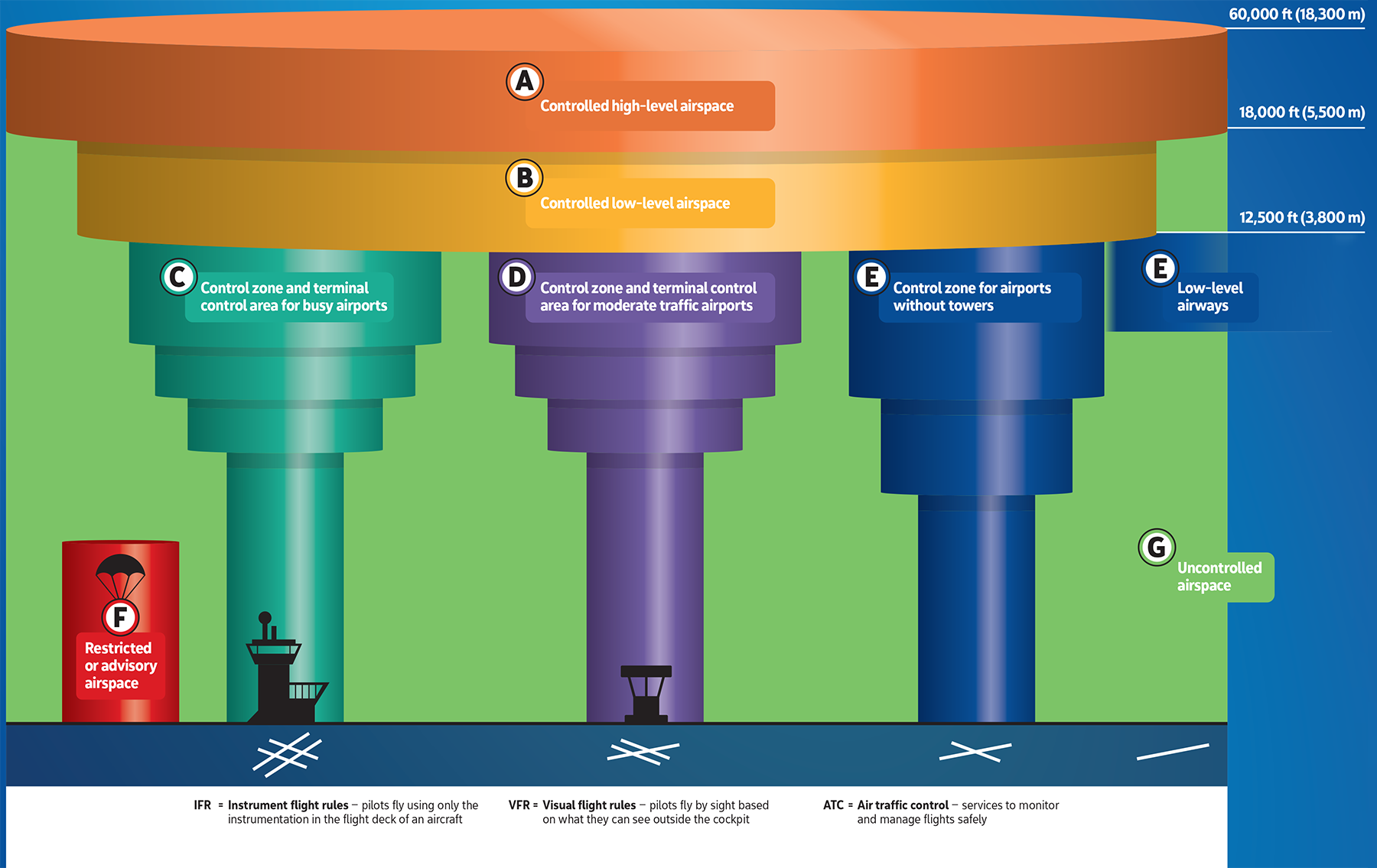







New entrants to our skies are coming in all shapes and sizes. Large-scale drone delivery services are on the horizon, and flying vehicles, stratospheric balloons, rockets and space planes are in development, making driving fundamental change to our air navigation system.
Innovation is a core strength of NAV CANADA and we’re readying to safely track and integrate all new entrants into Canadian airspace.
We are collaborating with the drone community and other aviation industries, Transport Canada, international bodies and other stakeholders to create a new model to effectively manage all air traffic. The new model will be flexible, able to adapt to a rapidly evolving marketplace and emerging industries, while integrating with the existing air traffic management system.
Encompassing surveillance, communication, and technology to enhance safety and efficiency of all remote vehicles, it will deliver scalable digital services that range from flight planning, weather and emergency services to traffic monitoring, conflict resolution and capacity management.
Canada has seven classes of airspace, each with rules about the types of aircraft permitted to use it, and how pilots communicate with air traffic services in that airspace.
